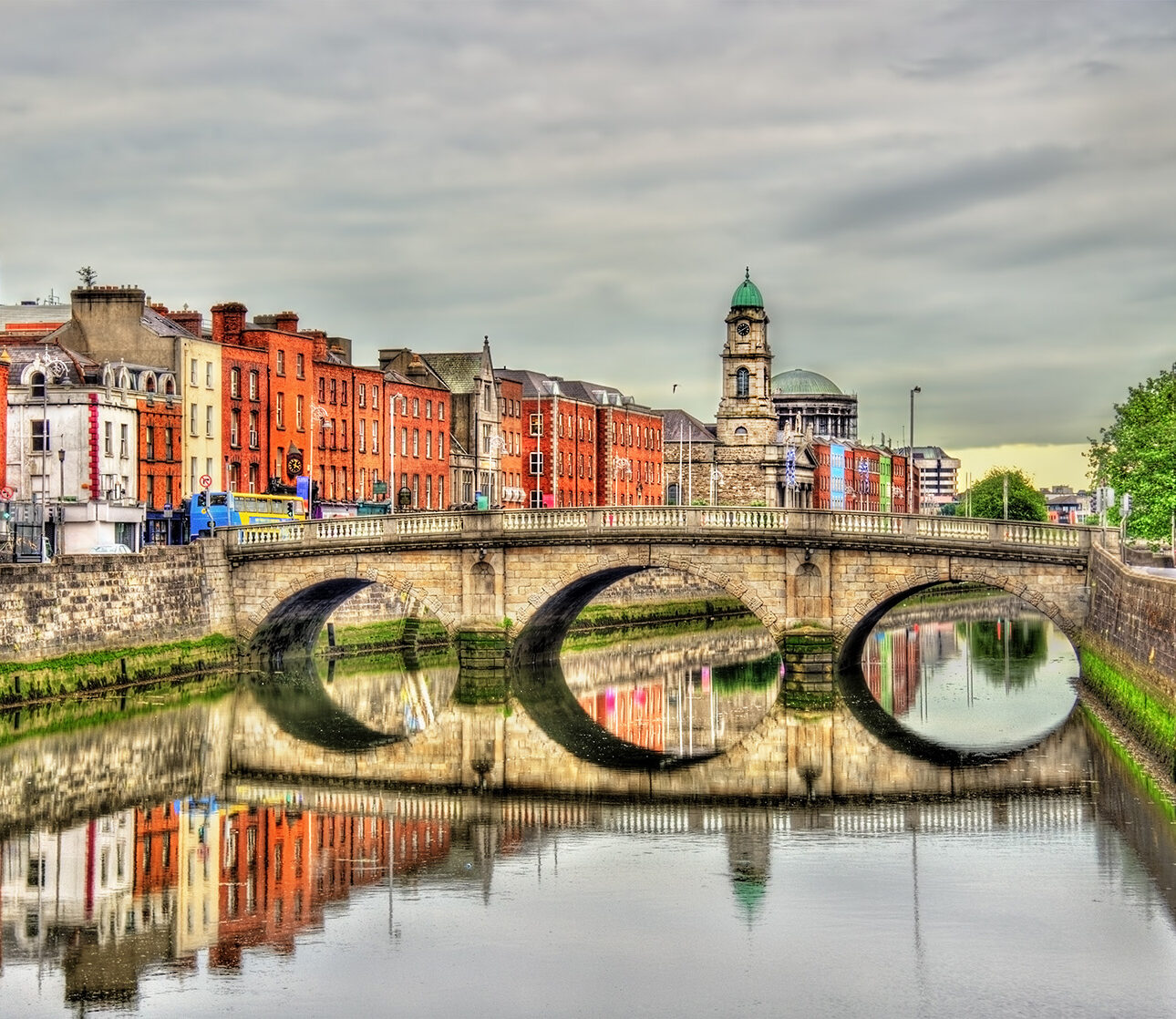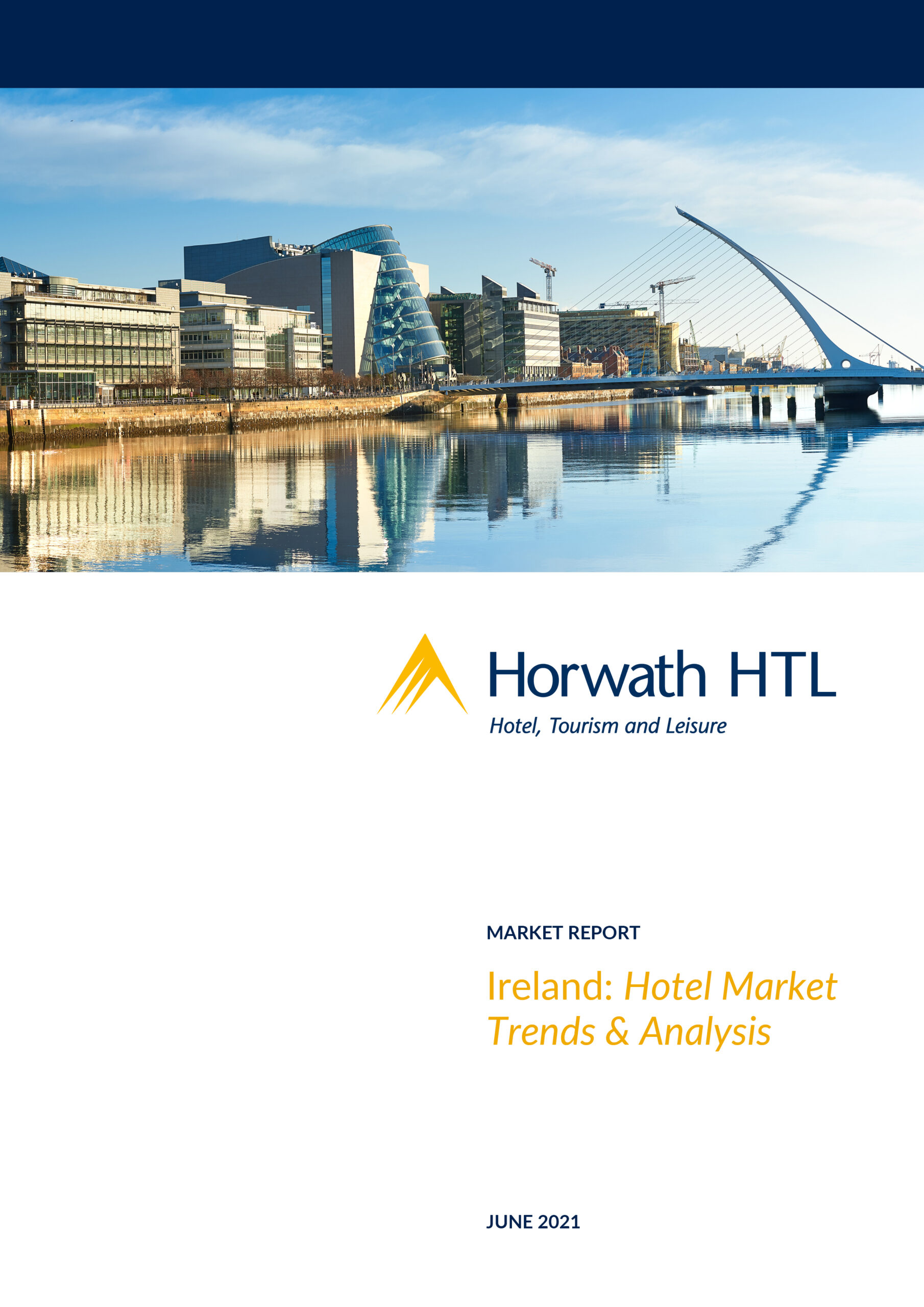
Report
Ireland: Hotel Market Trends & Analysis
The Irish hotel sector has faced significant challenges due to the COVID-19 pandemic, but with restrictions beginning to lift in June 2021, there is optimism for a robust recovery to pre-pandemic performance levels.
In 2019, despite a VAT increase impacting revenues, Ireland's hotel market was financially strong. Dublin remained a prime location for hotel development, maintaining high occupancy levels and adding new bedrooms.
Demand and Visitor Trends
Ireland enjoyed a decade of consecutive growth in overseas visitor numbers, reaching a record 10.8 million trips in 2019, a 1.8% increase from 2018. Despite Brexit and exchange rate impacts, visits from Great Britain grew modestly. The COVID-19 pandemic severely impacted global air travel, with the International Air Transport Association (IATA) predicting a 43% return to pre-crisis levels in 2021. Expenditure by international tourists grew significantly between 2010 and 2019, peaking at €5.1 billion in 2018.
Domestic tourism also showed resilience, with Irish residents making 11.6 million domestic trips in 2019, generating €2.1 billion in expenditure. In 2020, domestic travel surged when international tourism was restricted, with 5.3 million trips recorded in the latter half of the year.
Supply Dynamics
In 2020, Ireland had 847 hotels with 62,950 rooms, 35% of which were in Dublin. The pandemic disrupted new supply activity, particularly in Dublin, where only 420 new rooms opened in 2020 out of the planned 2,000. However, a pipeline of approximately 4,600 rooms is expected to open between 2021 and 2023. Notable projects include the Holiday Inn Dublin Airport and several StayCity Aparthotels.
Some hotels have left the market, with properties being repurposed for residential care facilities or corporate headquarters. This includes the Blarney Hotel in Cork and the Beacon Hotel in Dublin.
Performance and Financial Analysis
The Crowe Ireland 2020 Hotel Industry Survey highlighted a decline in total revenues per available room to €71k in 2019, partly due to a VAT increase. Occupancy rates dropped slightly to 73.8%, with ADR also decreasing. Brexit impacted overall business levels, with over half of the hotels experiencing a decline.
Dublin remained the strongest market, with the highest ADR in the country at €142 in 2019, despite a drop in RevPAR due to the VAT hike. The city’s occupancy rate was one of the highest in Europe at 82.1%. However, Dublin was significantly affected by COVID-19, with a sharp decline in business and international tourism.
Future Outlook
As restrictions lift, there is hope for a recovery to pre-pandemic performance levels. Ireland’s established tourism product and strong international reputation position it well for future growth. The expansion of Dublin Airport with a new runway set for completion in late 2021 will further enhance connectivity and support the recovery of tourism and foreign direct investment.

